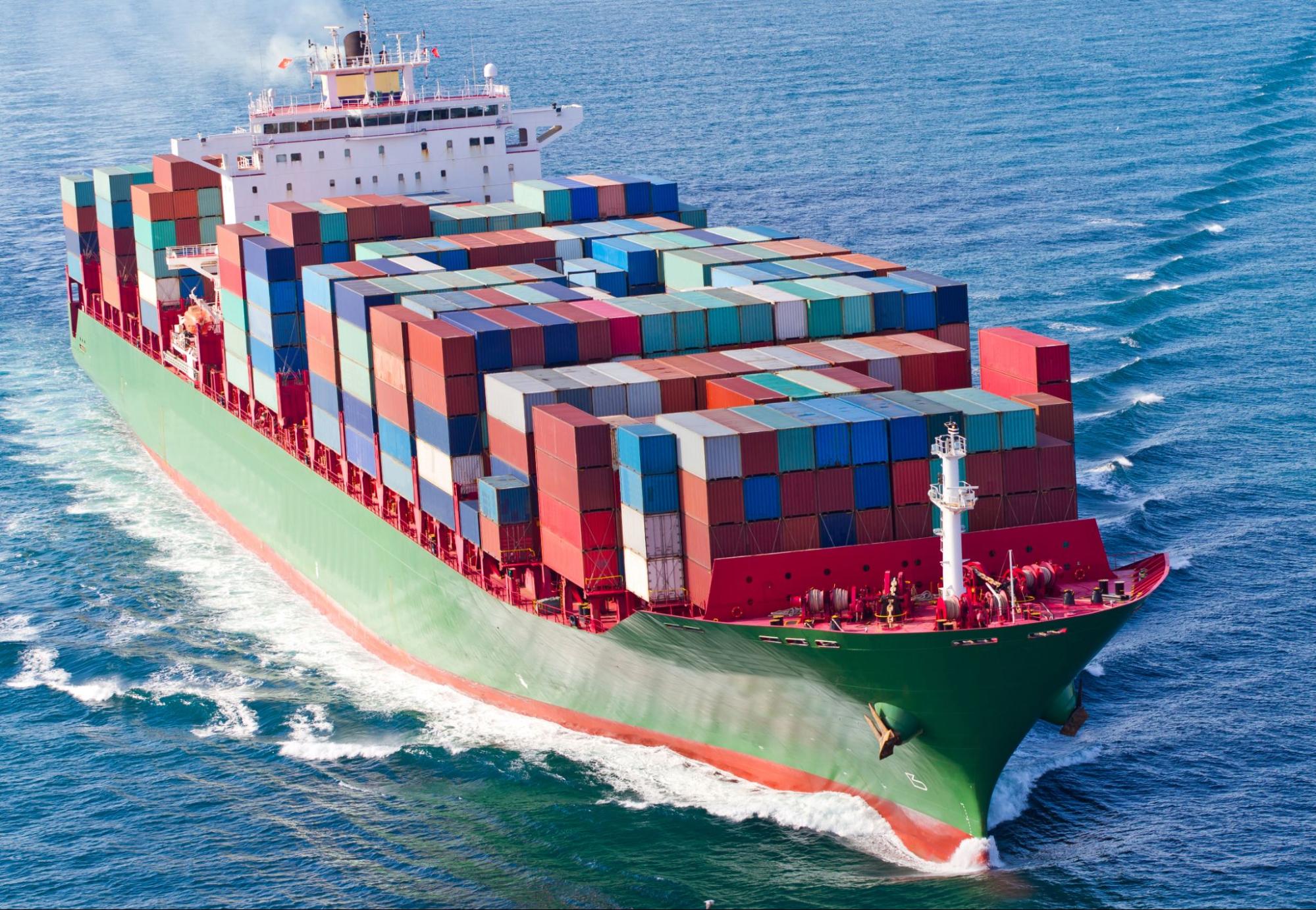
Xeneta reports the year ‘2025’ as another challenging year for container shipping
OSLO : Xeneta reported about the next year 2025 may be be another challenging year in ocean container shipping.
“If 2024 has been defined by conflict in the Red Sea, the outlook for 2025 appears equally challenging. The ongoing geopolitical tensions and lack of a concrete political resolution suggest that container ships are unlikely to return to the region in significant numbers any time soon. This prolonged disruption adds pressure to an already strained global supply chain. With limited flexibility to absorb further shocks, the industry remains vulnerable to delays, increased costs, and even potential shortages. The ripple effect may extend across industries, underscoring the critical need for resilience planning as conflict zones disrupt traditional shipping routes.”
The Xeneta Ocean Outlook 2025 makes clear the impact diversions around Africa have on TEU-mile demand and available capacity in the market. New deliveries of ships and slowing TEU-volume growth will ease some of this burden but not enough to mitigate another major incident.
“Could we see a military escalation in the Taiwan Strait? Will regime change in Bangladesh cause further unrest? Will the situation in the Middle East deteriorate to impact shipping in the Persian Gulf? The lights are flashing red on the geo-political dashboard and it would be foolish to ignore them.”
Xeneta’s global average spot rate has softened since peaking in July as the long term market begins to rise. “The narrowing of the long-short market will be of great significance ahead of negotiations for new long term contracts in 2025. Shippers will be hoping the
markets narrow further while carriers are doing their utmost to keep the spot market elevated.”
“2024 was very much driven by frontloading of cargoes in addition to longer sailing distances. Any change in this approach next year represents a downward risk to demand – unless 2025 turns out to be even more dramatic.”
Major changes in alliances in 2025 will bring risk and opportunity, and the best carrier network will vary tremendously from trade to trade, the update added. “OCEAN Alliance (COSCO, CMA CGM and Evergreen) has most capacity and service loops in 2025, Gemini (Maersk and Hapag) may be the go-to alliance to avoid Singapore congestion and carriers may stop calling at some ports in 2025.”
Shifting alliances will have a big impact at port level, Xeneta says in its report. “If you are shipping cargo from the Far East to Antwerp, then MSC is likely to be your preferred supplier with four weekly calls in 2025. This compares to one call a week with Premier Alliance (ONE, HMM and Yang Ming) and none from Gemini. A key point for shippers is to not assume your existing carriers will continue to call at the same ports in 2025.”
Sand emphasizes the importance of strategic planning in the current shipping landscape, advising shippers to carefully assess what each alliance offers beyond just pricing. “Shippers must understand what the new alliances are offering on the trades they utilize – and it comes down to far more than price,” he notes. “It is a balance between cost, reliability, and transit time while also being aware the carrier you currently use may not be the best one going forward. Keep your options open, do not be afraid to challenge carriers and seek assurances they can deliver what they are promising, particularly around service reliability.”
Following a challenging 2024, shippers are hopeful for a smoother 2025, yet the report advises a realistic stance. Preparing for continued volatility will be essential, as further disruptions could lie ahead, testing the resilience of shippers and their ability to adapt to an ever-evolving market.
